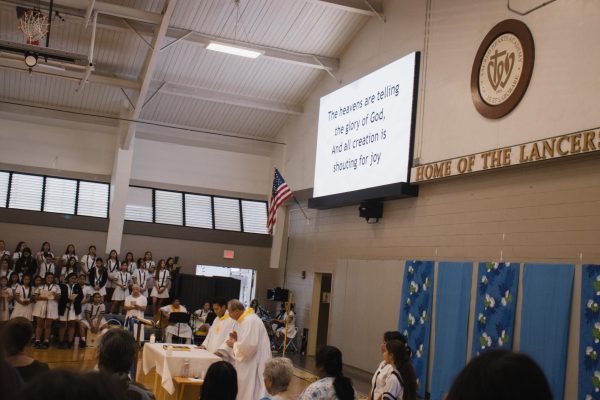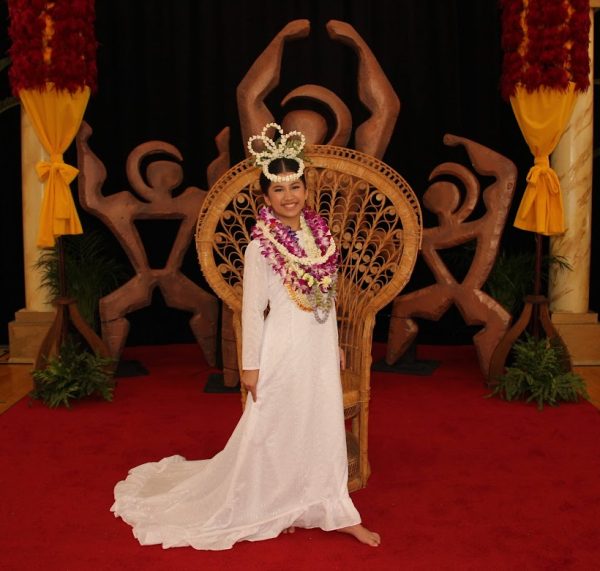To modern-day Sacred Hearts Academy
The Academy celebrates 107 years on Sept. 12. From the congregation’s modest origins in France, it has transformed greatly over the years into a 21st-century school that fosters the academic, athletic, artistic, spiritual and social needs of the young women it serves.
[slideshow_deploy id=’11237′]
More than 100 years old, the Academy’s contemporary history begins in the early 2000s, when many of the buildings presently seen on campus were erected and a new era of Academy history began.
Much of these changes were attributed to the “Women Building a Better Tomorrow” campaign, which was the Academy’s strategic building plan. The goal was to promote the academic and artistic developments of Academy students through these modern facilities.
One of the first facilities to carry out this vision was the McKeough Arts Center. Built in 2006, the center was, and continues to be, an artistic laboratory for the visual arts program. At the time, it was the newest facility built since 1987.
Today, the visual arts program includes ceramics, painting and drawing; however, at the time of construction, the center also housed a 3D glass class. The class is no longer offered at the Academy.
The Mother Louise Henriette Performing Arts Center, known more commonly as the PAC building, was constructed a few years later. The structure strengthened the performing arts programs on campus, as a place where young dancers, singers and musicians could perfect their crafts. To this day, it remains a hub for creativity and expression among students.
The newest building on campus, the Clarence T.C. Ching Student Center, was completed in 2012. The Student Center serves as a cafeteria, as well as a meeting place for students, faculty and alumnae. The demolition of the previous cafeteria, which had served students for over half a decade, occurred in May of 2011. For many on campus, this was a heart-wrenching, yet renewing, moment in the Academy’s history.
Junior Madeleine Sing said, “The demolition of the old cafeteria sticks with me because it was where I had most of my childhood meals. It’s strange to think it was ever there…it feels like a lifetime ago because of how many physical changes it’s undergone.”
The Student Center is also equipped with modern technologies, such as Wi-Fi access, solar-heated water and a sound system with ceiling speakers. It also includes environmentally-friendly components, such as a composting area, student vegetable garden and natural ventilation.

























